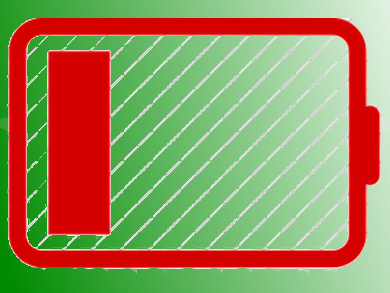Lithium/Sulfur (Li/S) cells are regarded as a promising next-generation energy storage system. Compared to Li-ion batteries, Li/S cells promise higher theoretical specific energies, lower production costs, decreased environmental impacts, and improved safety of cells. However, major challenges such as the 80 % volume expansion of S particles upon lithiation of the S electrode need to be overcome.
Elton J. Cairns, Lawrence Berkeley National Laboratory, Berkeley, and University of California, Berkeley, USA, and colleagues have developed a redox-active supramolecular polymer binder. It is based on a perylene bisimide (PBI) scaffold featuring four carboxylic acid moieties that can be lithiated by treatment with LiOH. Upon lithiation, the binder becomes water soluble which permits aqueous processing, thereby maximizing the environmental and cost benefits of Li/S cells. The researchers casted sulfur slurries containing the water soluble, lithiated PBI polymer binder onto an Al foil current collector. Once casted, the binders self-assembled through π-stacking interactions of the aromatic cores into nanowire architectures.
The nanowire web morphology provides stronger physical binding between active S particles and the current collector. This avoids electronic disconnection between the electrode components and , therefore, results in longer Li/S cell lifetimes. Electrochemical tests of the lithiated nanowire structured electrodes showed a 58 % increase in capacity retention after 250 cycles at 1.5 C compared to non-lithiated control samples without modified nanowire architecture.
- Aqueous-Processable Redox-Active Supramolecular Polymer Binders for Advanced Lithium/Sulfur Cells,
Yoon Hwa, Peter D. Frischmann, Brett A. Helms, Elton J. Cairns,
Chem. Mater. 2018.
https://doi.org/10.1021/acs.chemmater.7b03870



